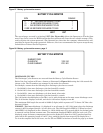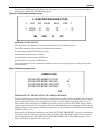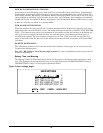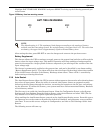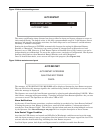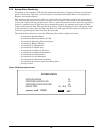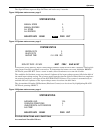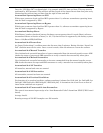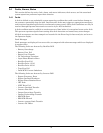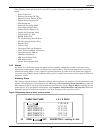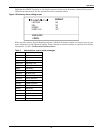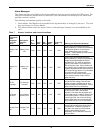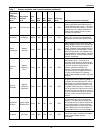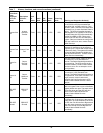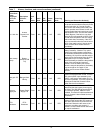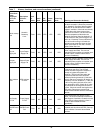
Operation
71
3.4 Faults, Alarms, Status
This section defines the active fault, alarm, and status indicators, their causes, and the associated
system operations performed upon their detection.
3.4.1 Faults
A fault is defined as an undesirable system operating condition that could cause further damage to
the system or potentially drop the load. Once detected, faults may trigger an appropriate emergency
action such as transferring the load to an alternative power source. Many fault conditions can only be
resolved through Operator intervention or service by an LGS technician.
A fault condition must be valid for a certain amount of time before it is recognized as an active fault.
This prevents spurious signals from causing false fault detection and unnecessary state changes.
All fault occurrences are time-stamped and recorded in the Event Log for later analysis, and sent to
the Operator display.
Fault Messages
Fault messages are displayed in reverse video, as compared with alarm messages which are displayed
in regular video.
The following faults are detected by Rectifier DSP.
• Battery Overcharge
• Battery Fuse Fail
• Battery Low Transfer
• DC Overvoltage Transient
• Input Phase Rotation Error
• Rectifier Fuse Fail
• Rectifier Drive 1 Fail
• Rectifier Drive 2 Fail
•Trap Fuse Fail
• Delta/WYE Current Imbalance
The following faults are detected by Inverter DSP:
• Bypass Frequency Error
• Bypass Overload Shutdown
• Bypass Phase Rotation Error
•IDC Peak
•IGBT Drive Fail
• Inverter Overload Transfer
•Inverter Fuse Fail
• Output Overvoltage Transfer
• Output Undervoltage Transfer
• SBS SCR Open
• SBS SCR Shorted
• Inverter current Limit Transfer
• Inverter DC Offset



